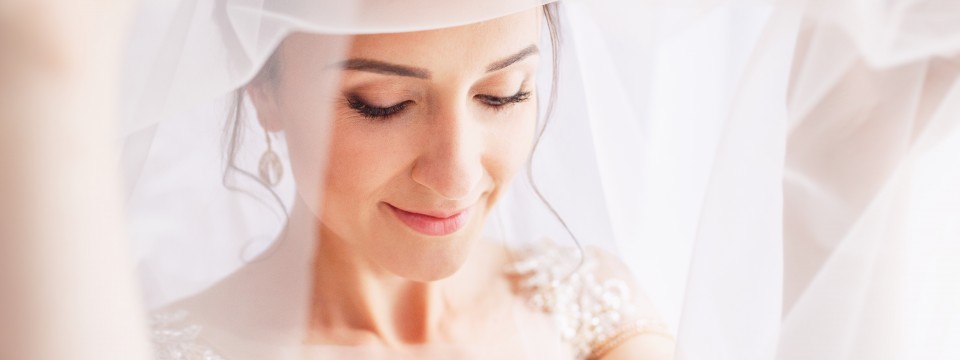The Jewish religion is full of wonderful traditions that we have been following for hundreds and hundreds of years, and when there is a fabulous family occasion like a Jewish Wedding, there are definitely many amazing traditions. Some are taken from the Bible as we remember moments from our ancestrial past, and some are more modern inclusions. The Badeken at a Jewish Wedding is taken from a story in the Bible and is an incredibly special moment for the Bride & Groom before the ceremony.
The Badeken at a Jewish Wedding is a short ceremony that happens just before the main ceremony. Badeken is a yiddush word meaning “to cover”. The Bride will usually be in a side room at the synagogue/venue with her bridal entourage and the Groom will enter with the Rabbi, his Father & Father-in-law (and Best Man if he chooses). This will be the first time the Groom sees his Bride dressed in her wedding attire and is always a special and emotional moment, especially as the closest people to the couple are in the room as well. Some couples choose to do the Badeken on the aisle once the Bride has arrived in front of all the guests which is also really special.
The Rabbi will check with the Groom that this is indeed the lady he would like to marry and then the Groom covers his Bride’s face with the veil. The Rabbi will then bless the Bride and the men will leave the room and get ready for the Chuppah ceremony.
The tradition of the veil at the Badeken at a Jewish Wedding comes from Bible times when Rebecca was marrying Isaac. Tradition says she met him in a field and didn’t know he was going to be her husband until then, so covered her face with a veil for modesty. The story also says they had a marriage made in heaven so a good omen for a new marriage. There is another viewpoint that wearing a veil shows that the Groom is not marrying for external beauty but the beauty and soul of the Bride inside.
There is also a reason in the Bible as to why it is the Groom covers the Bride’s face with the veil at the Badeken ceremony at a Jewish Wedding. Jacob was tricked by his father-in-law Laban into marrying his older daughter Leah (who he thought was less attractive so harder to find a husband for) instead of Rachel whom he had wanted to marry. So just before the wedding ceremony, it is tradition nowadays for the Groom to check the Bride is indeed the one he wants to marry, and no-one can trick him!
Once the Badeken has taken place, the main Jewish Wedding Ceremony can begin.
Click below for more Jewish Wedding information:
What happens at a Jewish Wedding Ceremony?








